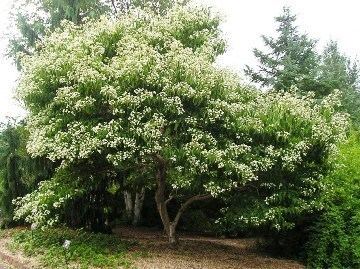Kingdom Plantae Family Caprifoliaceae Scientific name Heptacodium miconioides Rank Species | Order Dipsacales Genus Heptacodium Higher classification Heptacodium | |
Similar Heptacodium, Caprifoliaceae, Linnaea amabilis, Embryophyte, Diervilla | ||
Seven son flower heptacodium miconioides
Heptacodium miconioides, commonly known as the Seven Sons plant, is a member of the Caprifoliaceae family, a cousin of the Honeysuckle, and sole member of the genus Heptacodium. Endemic to China, this species was discovered in 1907 in Hubei province in central China by Ernest Wilson whilst collecting on behalf of the Arnold Arboretum. Considered rare even at that time, only nine populations are known to remain in the wild, all of them in Anhui and Zhejiang provinces and threatened by habitat loss. The species is now under second-class national protection in China. However, the Sino-American Botanical Expedition of 1980 collected viable seeds and sent them to the Arnold Arboretum where it was found to be readily cultivated. The plant is now widely grown as an ornamental around the world.
Contents
- Seven son flower heptacodium miconioides
- Heptacodium miconioides seven son flower of zheijiang
- Description
- Cultivation
- Notable trees
- Etymology
- References
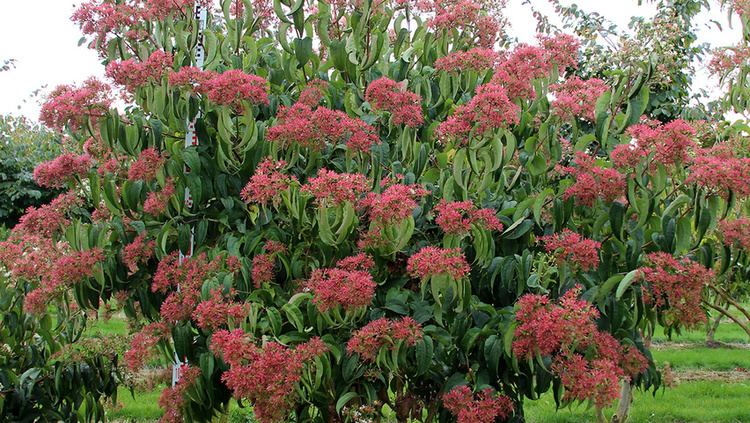
Heptacodium miconioides seven son flower of zheijiang
Description
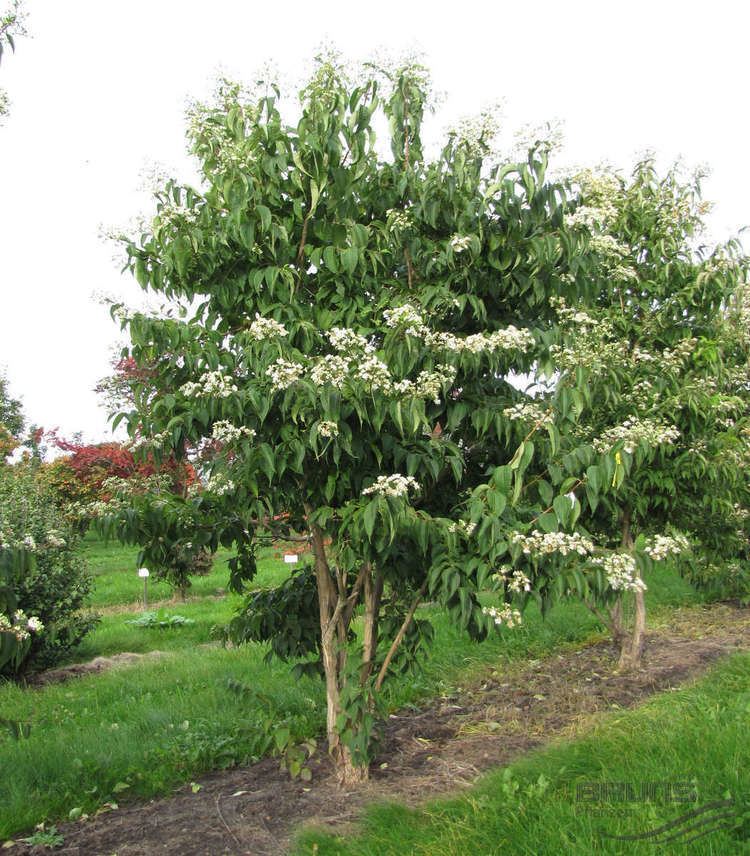
H. miconioides is a deciduous large shrub or small tree, typically growing to a height of between 4 and 8 m. The bark of the trunk is papery and thin, light tan in colour, and exfoliates in strips or sheets. The upright, spreading, quadrangular branches give the plant a rounded, often irregular shape. The dark-green cordate leaves are opposite, 8–10 cm long by 5–6 cm wide, with entire margins and deeply impressed venation running parallel to the margin. In September, H. miconioides produces large shows of small fragrant white blooms attractive to butterflies, the flowers five-petalled, < 13 mm across. When the white corollas have fallen, the calyces develop into deep red expanded lobes which persist into November.
Cultivation
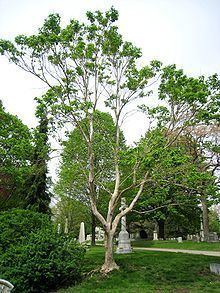
Readily propagated from either seed or by softwood cuttings, the species has since become widely available in North America and Europe, and was stocked by 26 nurseries in the UK alone in 2011.[1] H. miconioides is extremely hardy, and tolerant of temperatures as low as −35 °C (−31 °F). It is also fast-growing, and can reach a height of 3 m in just five years; it is also very shade tolerant.
Notable trees

In the UK, a specimen 8 m high planted in 1981 grows in the Flagpole Bed alongside Jermyn House at the Sir Harold Hillier Gardens, Ampfield, near Romsey.
Etymology
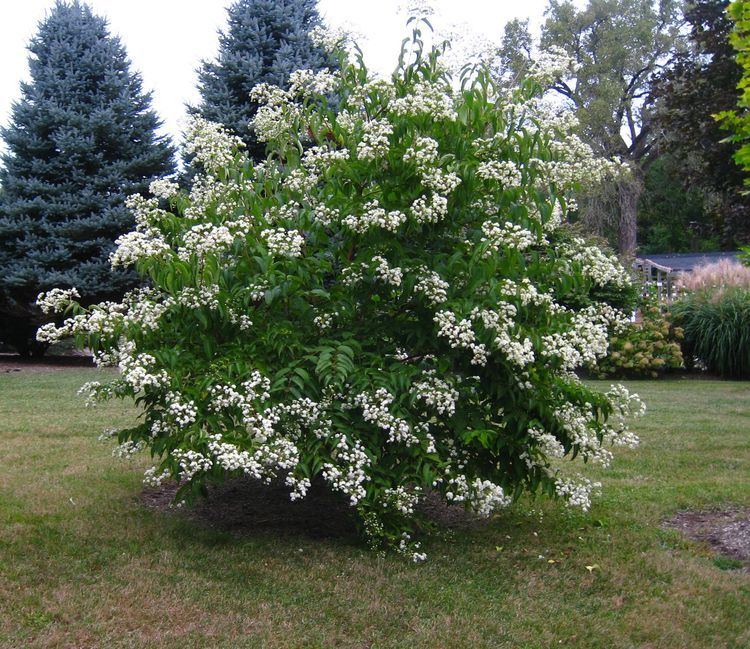
The generic name of Heptacodium means 'seven bells' (from κώδων - bell) (hence 'Seven Sons'), seven being the average number of flowers on a head. The specific epithet miconioides alludes to the similarities of the plant to the unrelated Meadow Beauty genus, Miconia.
